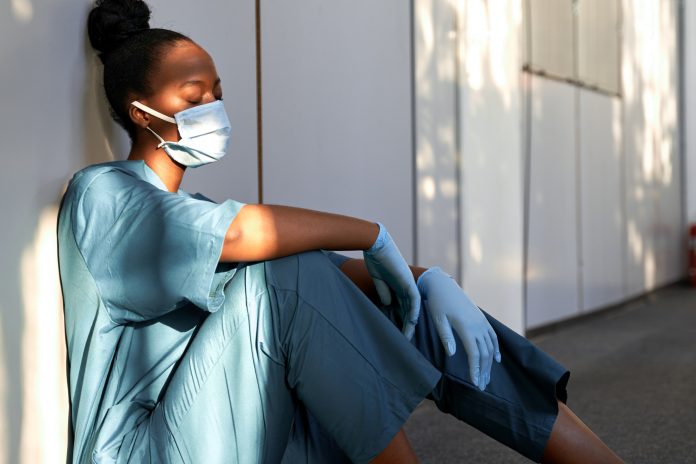New mathematical modelling from the University of Utah suggests that all severe COVID infections will disappear over the next ten years – if the global population has access to vaccination
Fred Adler, PhD, professor of mathematics and biological sciences at the University of Utah, explained: “This shows a possible future that has not yet been fully addressed. Over the next decade, the severity of COVID-19 may decrease as populations collectively develop immunity.”
The team found that changes in the disease would be catalysed by how human immune systems are responding – not the virus itself changing form. When the virus is currently changing form, it is becoming more transmissible and more powerful.
The team programmed a model with these facts:
- There is likely a dose response between virus exposure and disease severity.
- A person exposed to a small dose of virus will be more likely to get a mild case of COVID-19 and shed small amounts of virus.
- By contrast, adults exposed to a large dose of virus are more likely to have severe disease and shed more virus.
- Masking and social distancing decrease the viral dose.
- Children are unlikely to develop severe disease.
- Adults who have had COVID-19 or have been vaccinated are protected against severe disease.
The majority of the population will have mild infection
After running these pandemic facts through the algorithm several times, the team noticed that each point created a situation in which much of the population could have mild disease over the long term. This is slightly more all-encompassing than a common cold, which led them to create new language to describe it.
In the scenario that most people would have mild infections, SARS-CoV-2 would become “Just Another Seasonal Coronavirus,” or JASC for short.
Professor Adler said: “In the beginning of the pandemic, no one had seen the virus before. Our immune system was not prepared.”
But according to the availability of knowledge, the models believe that as more adults become partially immune (through vaccine or infection) severe COVID infections will “disappear” over the next decade.
Eventually, the only people who will newly experience COVID will be children – who are notoriously more resilient to the virus.
Model does not account for politics or variant power
However, the majority of the world has to be partially immune for this to work. The models here do not account for the fact that some countries may only receive the COVID vaccine in 7 years, while new mutations and variants spring up in their populations. They are currently unable to access the vaccine, due to intellectual property laws and financial limitations.
These countries, like Bangladesh or South Africa, are waiting for the law to change to be able to manufacture vaccines. If the law doesn’t change for years, it may delay the global recovery effort and take countless lives.
If the variants are strong enough to delete any partial immunity, then the whole model will also be wrong.











